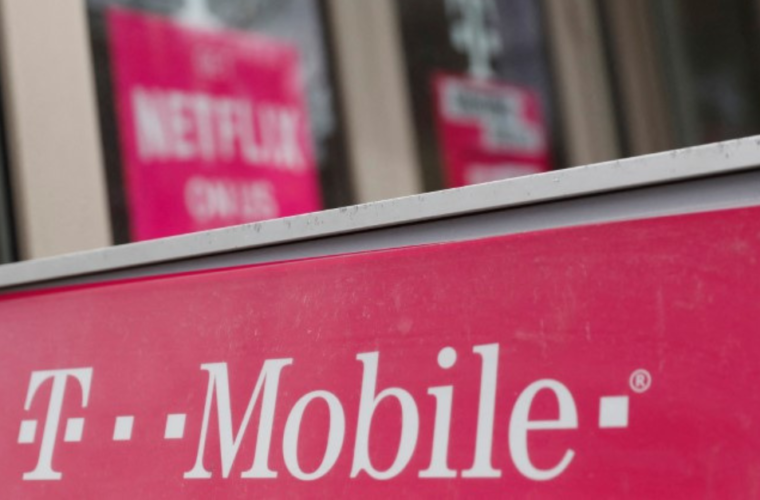Healthcare data: Today, in our world, data is everything. Significant statistics, and data, are key to transforming any business and organization. However, even though this is so crucial to success, there are still a lot of companies out there that are still not investing properly in analytical solutions. Even though we constantly discover and create new information, we are not always using it or harnessing it correctly. However, along with technological advancements, it has become ever easier to access data tools and efficiently use them to our advantage.
This industry is growing astronomically, with the market estimated to reach a value of $103 billion by 2027. According to the IT Chronicle, companies across all sectors generate around two quintillion bytes of data daily, yes! Quintillion! And 94% percent of enterprises say data is essential to business growth. However, 63% of companies can’t gather insights from big data. Hence, according to Capgemini, 73% of data goes unused for analytics purposes.
From these statistics, we can see a considerable market gap and a huge demand for increased data usage. One specific sector representing an extreme demand for data, and AI analytics, is the healthcare sector. Andrew Callaway, Managing Director, Global Head of Healthcare Investment Banking, describes this as “a battle to access and utilize the digital representation of the world’s health and wellness.”
There is a digital revolution in healthcare, and there has been an explosion of data in every part of this sector, with no end. Data management will become an even more significant asset as the world undergoes human-centric globalization, and events such as global pandemics become more prevalent. As humans become more digitized, the industry becomes more efficient through new devices, apps, and monitoring devices, which are all tracking and storing various amounts of essential data. This sets the stage for the data battle to access and utilize the digital representation of the world’s health and wellness.
Empiric Logic
Empiric Logic is a company taking healthcare data to the next level. They aim to help organizations securely manage, curate, align and interpret genomics data alongside phenotype, health record, and lifestyle data in the cloud. That all sounds quite impressive, but what does that mean? Genomics Data Science is about analyzing and interpreting human gene data to understand human health and disease. The National Human Genome Research Institute says, “Genomic data science is a field of study that enables researchers to use powerful computational and statistical methods to decode the functional information hidden in DNA sequences.” Estimates predict that genome research with generate between 2 and 40 Exabytes of data in the next ten years.
However, the ability to sequence DNA has been much slower than our ability to decipher the information it contains. That is precisely where a company like Empiric Logic will come in. They provide “A solution for managing and analyzing genomics data and pipelines alongside another complex health-related information.” Their secure AI-enabled analysis and orchestration solution solves many of the challenges associated with aggregating, correlating, analyzing & gaining valuable insights from complex health-related information. Empiric Logic uses its expertise in healthcare and other sectors such as sports science, food, ancestry, and genealogy.
Healthcare Data is not going anywhere; it is only increasing in efficiency. With the help of companies such as Empiric Logic, the world will be able to get ever closer to using gene data for extremely productive purposes and hopefully to make the world a better and healthier place.
In an interview with the CEO of Empiric Logic, Gareth O’Sullivan, we discussed some details and discussed company plans.

Where is the company based?
We are based in NOVA UCD, so NOVA is an incubator for startups, on campus, at the University College Dublin.
Can you share knowledge and information with other startups?
Yes, we tend to discuss what we’re doing and find ways to help each other, maybe collaborate on projects as well in some cases, which has happened on more than a few occasions. We also get support from the team who runs the building, and we get introduced to potential investors, or we can go to different events.
So how did you start then? You said you started in 2018. What was your path?
Yes, we started in 2018, and my background has been in IT for 20 odd years. I had spent time in a company called Genomics Medicine Ireland which was set up as a mix of genomics initiatives to map the Irish genome, and it was a well-funded initiative. I spent a few years there to help them formulate additional information security and privacy policies. We were then encouraged to spin some of that idea out and do it in the context of a platform that can support complex biological data analytics.
To someone who doesn’t know anything about genomics data and would see the term ‘genomics’ as a kind of a scary word, how would they feel comfortable working with this sector, and what is the privacy and security process in place?
Well, for data, it’s probably the most personal kind of data you can think of. If you were to read some genomics data generated these days from following-generation sequencing machines, it would be a complex process. It was quite an expensive process, but it has come down in price in recent years, making it more possible to access this kind of data. The files in themselves, if you were to look at them, and depending on what kind of sequencing you were doing, could take an enormous amount of space on a disk.
It’s somewhere in 250GB of disk space for a one-person genome sequence. Not all of it is usable or useful; genetics is based on four characters, acts, and different sequences of these letters that give you your signature. Being able to look through all these arrangements, interpret them, and see if there are any commonalities from one individual to the next is how it is used in research, especially around diseases and conditions.
So, what is the process, and how do you collect this data?
Typically, in reality, your genome could have solid relationships or characteristics that are shared with distant family members. So how do we get it? Generally, it’s through consent, so the aim is to put a program together, put ethics clauses in place around describing what the program is for, etc., and obviously, it has to be fully informed and ambiguous consent when individuals agree to share their genetic data.
It’s usually captured by blood or saliva. They are taken into a lab and put into what is like a scanner, which scans the sample that has been provided and created, and turns it into a blob of data which, in turn, then goes through a whole bunch of different stages of refinement before it can be used for interpreting. You would have a primary stage for quality control to ensure the sequence run was successful. A secondary stage would reduce the data down further, and a tertiary stage would do some analytics on the data.
So you need to do some work on it before you can even do anything with it. Is it not just collect and go?
Absolutely, There is a ‘sequencer’ that helps you translate this blob of data into this right format.
You have created that sequencer yourself?
We don’t create the sequencer, we would have loved to be able to, but there are a number of companies in that space. Illumina develops the most special generation sequencing process a US-based company. Our focus is on when the data comes off the sequencing machine. That’s when we want to come in. We’re interested in the data itself rather than the generation of it.
What is the vision for the future, and where would you and your team see yourself?
We set out to look at some of the challenges around large-scale data types and realized quite early on that some of those challenges are basic things like having to move large bodies of data around or having to store large bodies of data. We initially looked at seeing if we could optimize that process just to make it easier for organizations to handle that data. We’ve heard with so many companies we engaged with early on that that was a big challenge.
Then the further we looked and leaned in. We realized that that wasn’t the only challenge. There is a gap in the level of expertise that their people need to work with the data properly. They may not be technologically aware, and we have moved towards creating a platform that can help people make decisions from a support perspective. We want to ultimately support our clients in developing therapeutics and medicines.
Much of your time and effort must be spent creating user-friendly platforms to translate that data, maybe for someone on the ground which has never used data before?
Yes, this is one of the areas that we have spent quite a lot of time on. We are still bringing customers to this process to work with them to adapt the technology. One of our early projects was a company called Up North. We developed a genomics data capture platform and management platform that really helped us get a good insight into what these kinds of companies want and what they really need to look for/ what they want to see. So, that led us to put the focus on the user experience. There are many moving pieces, and as we see new use cases, we note them and aim to include them in future iterations.
Yes, lots of moving pieces, for sure! So the next few years are all about getting those pieces together, I guess, and getting that out to wider audiences?
Yes, definitely, many companies have set their business plans in motion, and one of the things we had hoped to do, was to look at, by the end of the year, getting our initial seed round over the line and then using that to increase our headcount and increase our business development. Within six months, we wanted a more substantial product and platform that we could bring to trial and deploy if needed. We are still trying to raise some funding.
Brilliant. Well, I think that’s it for today. It was fascinating to hear more and to hear about your future. Thanks for the information. Any other interesting facts?
Thank you, and not really, but we are always keen to raise funds and make new partnerships. We recently worked with a cancer research company and solidified a partnership with them. It’s in the area of blood cancer, and we are working with them to support their needs.



